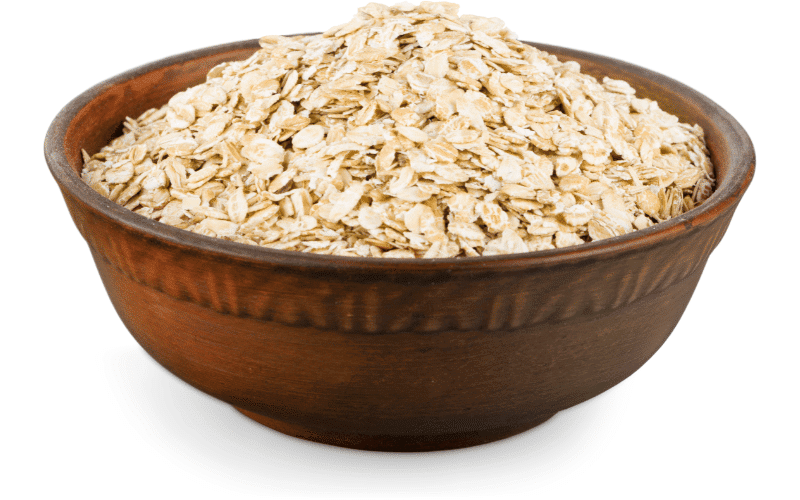Introduction: The Importance of a Healthy Diverticulitis Diet

Diverticulitis is a condition that affects millions of people worldwide, causing painful inflammation in the colon’s small pouches. It’s crucial to follow a diverticulitis diet specifically designed to prevent flare-ups and promote overall gut health. This article aims to provide you with a detailed list of 20 best foods for diverticulitis to incorporate into your daily meal plan.
When dealing with diverticulitis, the food you consume plays a critical role in managing your symptoms and preventing complications. The key to a successful diverticulitis diet is focusing on high-fiber foods that support digestive health and minimize irritation in the colon. Additionally, it’s essential to avoid trigger foods that may exacerbate your condition.
This article serves as a helpful resource for individuals looking to improve their gut health and manage diverticulitis symptoms effectively. By including these 20 best foods in your diet, you’ll be taking a significant step toward a healthier, happier digestive system.
1. Oatmeal: A Fiber Powerhouse for Your Morning Routine

Starting your day with a bowl of oatmeal is an excellent way to ensure you’re getting the right nutrients for a healthy gut. Oatmeal is rich in soluble fiber, which is known to promote healthy digestion and reduce inflammation in the colon. This fiber source can help prevent constipation, a common issue among those with diverticulitis.
Not only does oatmeal provide a significant amount of fiber, but it also offers an array of essential vitamins and minerals. These nutrients, such as manganese, phosphorus, and magnesium, play a crucial role in maintaining overall health.
Oatmeal is incredibly versatile and can be prepared in various ways. You can cook it on the stovetop, microwave, or even soak it overnight for a quick and easy breakfast. Add in fruits, nuts, and seeds for extra flavor, texture, and nutritional value.
Incorporating oatmeal into your diverticulitis diet is a simple yet effective way to support your gut health and reduce the risk of flare-ups. As a high-fiber breakfast option, it sets the tone for the rest of your day, ensuring you stay on track with your dietary goals. (1)